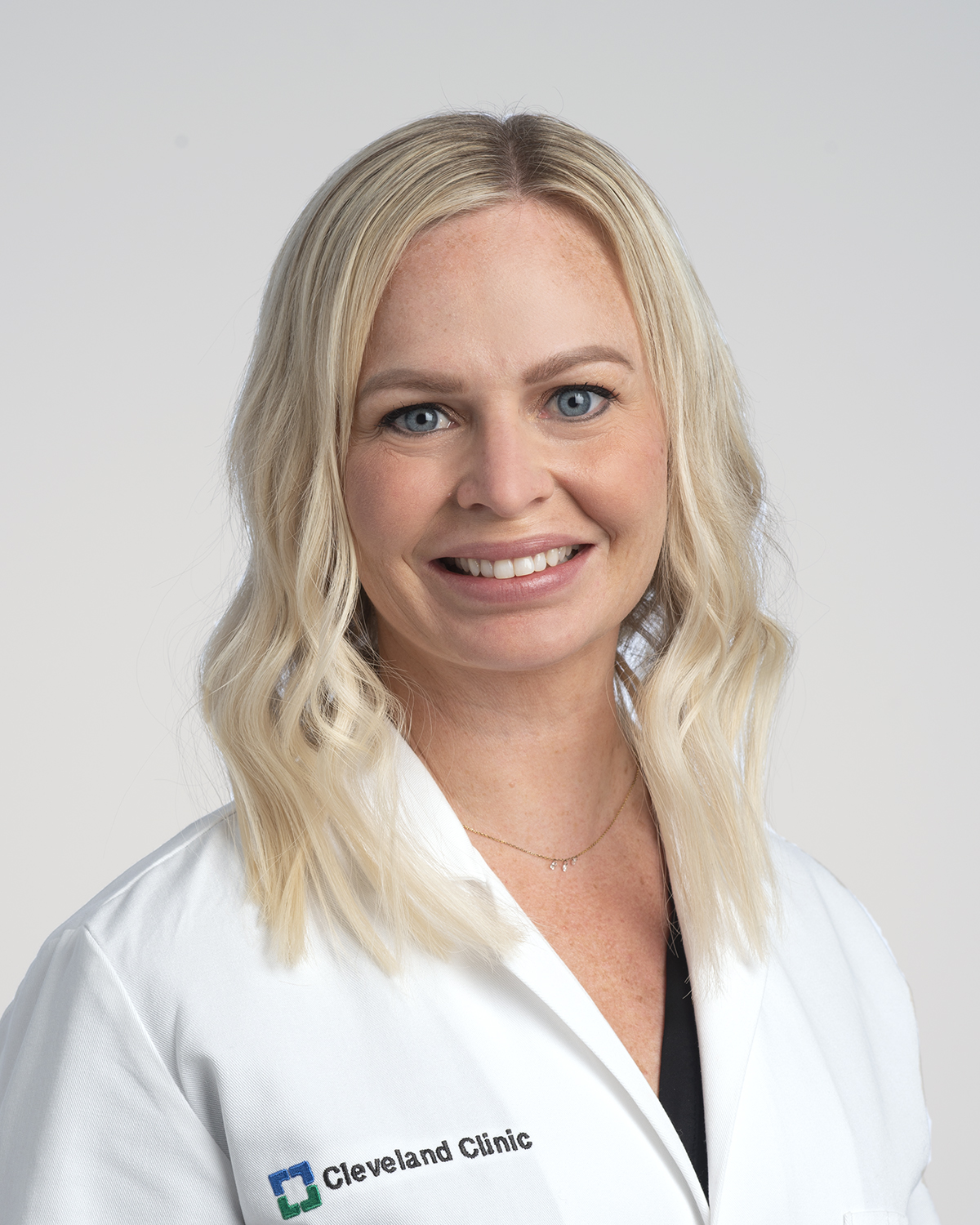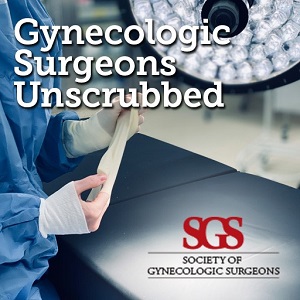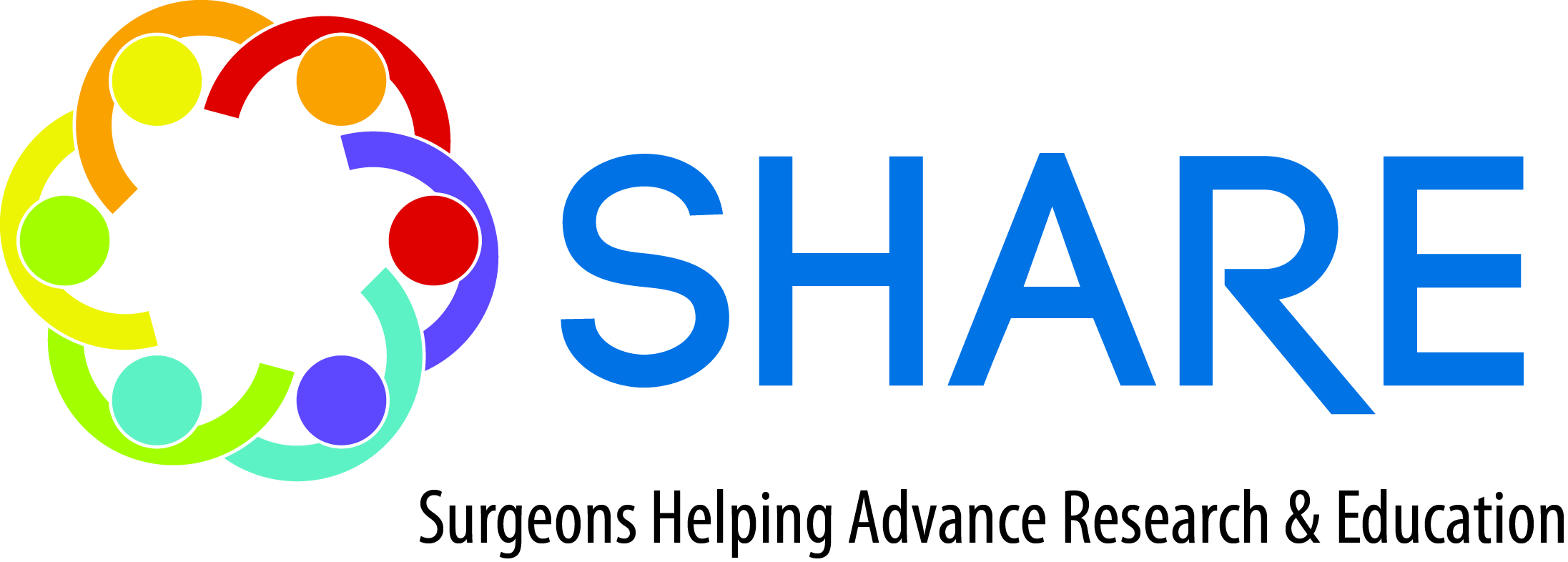50th Annual Scientific Meeting
March 24-27, 2024
Course 1: Strategies for Fertility Preserving Care of Advanced Endometriosis and Pelvic Pain
Sunday, March 24, 2024 | 8:00 am - 12:00 pm EST
Course Director
Megan Billow, DO
Cleveland Clinic
Course Faculty: Cara King, DO; Miguel Luna, MD; Ashley Gubbels, MD; Matthew Leonardi, MD; Mindy Christianson, MD
Endometriosis is a complex, enigmatic disease that poses challenges to patients and the healthcare system. Due to disease chronicity, early diagnosis and shared decision making is imperative to improve quality of life and fertility outcomes. While we have made advancements in disease understanding and management, treatment strategies often include hormonal and surgical options that preclude future fertility.
This course will provide a comprehensive overview of diagnosis and management of endometriosis in patients desiring fertility preservation. Strategies for implementing multi-disciplinary care through utilizing advanced imaging modalities and collaboration with other surgical specialties will be discussed. Participants will learn an evidence-based approach to endometrioma management to decrease pain and improve fertility outcomes. Surgical strategies for approaching the obliterated posterior cul-de-sac and deep infiltrating endometriosis with fertility preservation will be described. Treatment options for managing chronic pelvic pain when fertility is desired will be discussed. We will explore the impact of social media on the patient/provider relationship and discuss strategies to improve the disconnect. Finally, the panel will present challenging cases with surgical videos and invite participants to bring cases to discuss.
Course Objectives:
At the conclusion of this activity, the participant should be able to:
- Understand how pelvic ultrasound and MRI can improve diagnosis of endometriosis.
- Apply ART and surgical techniques for endometrioma management to optimize fertility outcomes and improve pain symptoms.
- Collaborate with a multi-disciplinary team to optimize treatment options for deep infiltrating endometriosis patients in patients who desire future fertility.
- Understand the approach to pelvic pain in patients who desire fertility after excisional surgery.
- Discuss what is important to patients, as seen on social media, and how we can utilize this information to bridge the patient/provider gap.
Needs Assessment/Gap Analysis/ The Problems:
- Endometriosis is a complex disease that significantly impacts quality of life due to symptom burden and effect on fertility. Management includes surgical removal of disease and/or hormonal suppression, making treatment difficult for patients who desire fertility preservation.
- Patients often experience a delay in diagnosis, leading to years of suffering and potential impact on fertility. While the gold standard for diagnosis has been a diagnostic laparoscopy, advancements in imaging techniques have improved diagnosis allowing for referrals, counseling and surgical planning. Challenges with these imaging techniques include availability, the learning curve associated with training providers/technicians, (which affects the sensitivity and specificity) and insurance coverage.
- Endometriosis surgeries are complex due to the fibrotic and inflammatory nature of the disease. The presence of adenomyosis, an obliterated posterior culdesac and deep infiltrating lesions can require a multidisciplinary surgical approach with other surgical services.
- Endometriomas can impact fertility and are often associated with an obliterated posterior culdesac, deep infiltrating endometriosis and cause significant pain. In patients who desire fertility preservation, collaboration with REI and establishment of a treatment paradigm is helpful.
- Endometriosis is a chronic disease and treatment goals can be different based on where the patient is on their life journey. Patients with significant pain, advanced disease and have infertility or desire fertility preservation are often the most challenging to treat.
- Social media’s impact on endometriosis care – which platforms are patients using, what are they searching, major influencers? What is important to them? How we can improve the negative perceptions that endometriosis patients have regarding physician’s lack of empathy, listening, lack of training, lack of endo specialists, lack of knowledge?
Course Agenda
| 8:00 am – 8:05 am |
Introduction and Course Overview - Megan Billow, DO |
| 8:05 am – 8:30 am |
Diagnostic challenges and Advances in Imaging Techniques – Matthew Leonardi, MD, PhD |
| 8:30 am – 8:55 am |
Surgical approaches for fertility preserving care – Cara King, DO |
| 8:55 am – 9:20 am |
Treatment paradigm for endometriomas – balancing fertility and pain - Mindy Christianson, MD |
| 9:20 am – 9:45 am |
Surgical approach to the obliterated posterior culdesac – Megan Billow, DO |
| 9:45 am – 10:00 am |
Q&A/Break |
| 10:00 am – 10:25 am |
Multidisciplinary approach to surgical management of deep infiltrating endometriosis – Miguel Luna, MD |
| 10:25 am – 10:50 am |
Management of chronic pelvic pain and endometriosis – Ashley Gubbels, MD |
| 10:50 am – 11:10 am |
Social Media’s impact on endometriosis: Improving the Patient-Provider relationship – Billow/King |
| 11:10 am – 12:00 pm |
Case Based Discussion/Surgical Videos – Panel |
|






